How can more than forty years of everyday life and the history of a city be captured in the photographic lens? And how can an exhibition awaken memories, give a new "breath" and revive an entire city after a century?
A tour of the exhibition-tribute to Volio photographer Kostas Zimmeris at the Museum of the City of Volos gives a clear answer to this question, as it exhibits priceless photographic works of art that constitute unique evidence and valuable aspects of a city very important for more than 50 years in during the 20th century.
On one side, middle-class people, women and little girls in feathery dresses, impressive hairstyles and hats, and men with mustaches trimmed to the last hair. On the other hand, women in worker's aprons posing for "family" photos with their factory bosses, doing gymnastics and stretching on the factory roofs with low heels and children with shaved heads in schools, camps and institutions with a look that immediately impresses the mind.
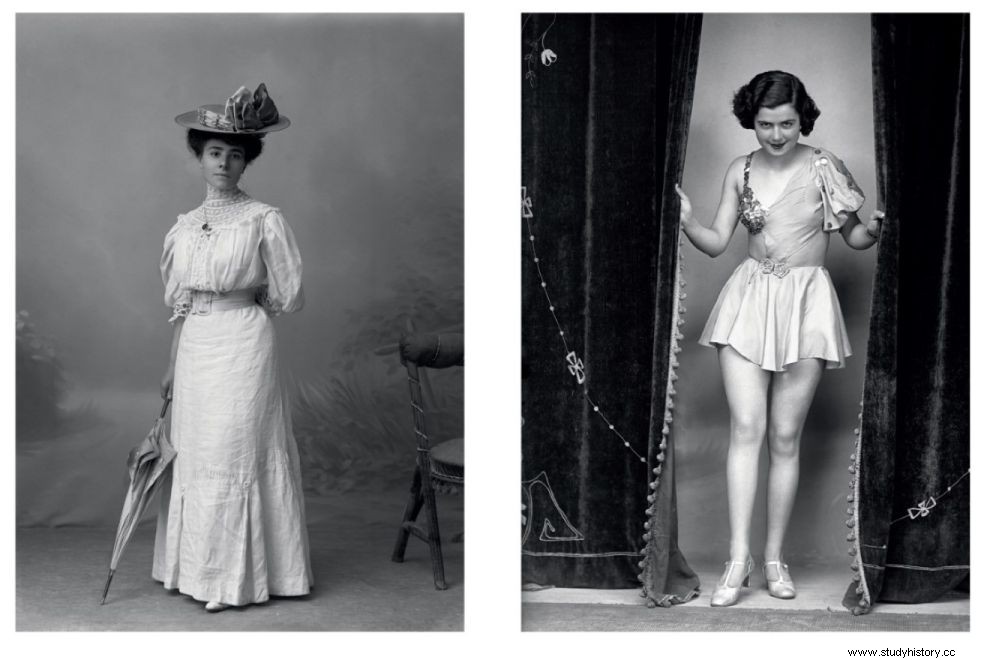
Faces and expressions of another Greece, all gathered in old Volos, a city that, like all of them, is characterized by infinite contrasts. There, during the 20th century, a series of important photographers emerged, such as Stefanos Stournaras, Antonis Rafanidis, Dimitris Letsios, posing the question of a local "School", which as such would constitute a peculiarity for the entire region. Constantinos Zimeris (1886-1980), who was active for at least four decades, between 1920-1960, holds an elite position in this.
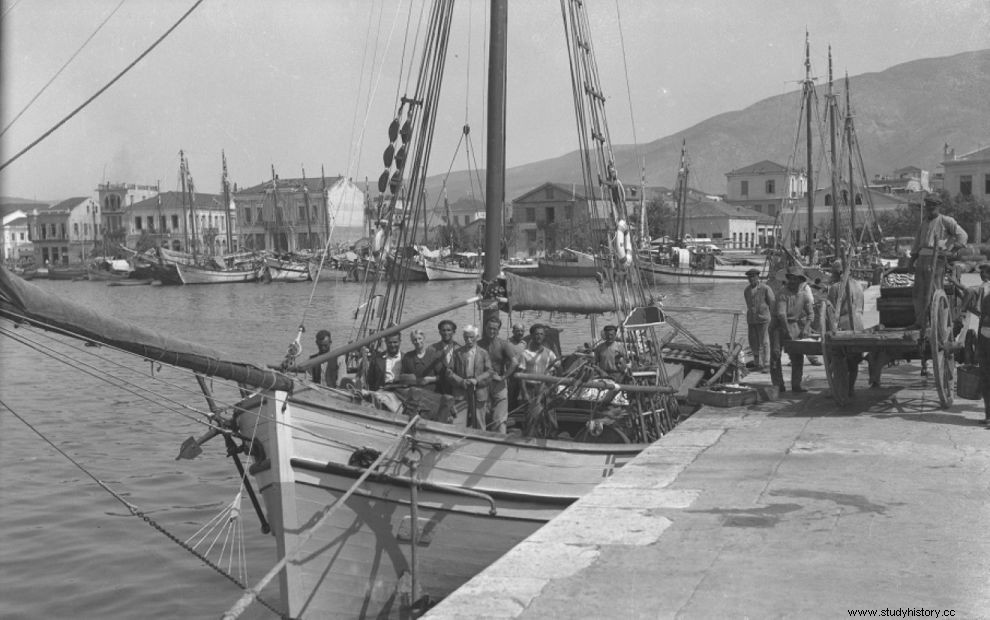
We traveled to Volos and toured the exhibition "The photographer Kostas Zimeris (1886-1980), a retrospective of his work" at the city's Museum by the extremely hospitable people of the Museum, the director of the Museum Aigli Dimoglou, the documentation manager of the exhibition Yannis Koutis, the curator of Iraklis Papaioannou, but also by three of the photographer's grandchildren - who also attended the relevant press conference - Alekos Koutina, Costas Zimmeris and Thalia Makri – Skotiniotis. His three grandchildren, with their stories, "introduced" us to the man Kostas Zimmeris, as they lived him. A dynamic man, full of life and passion who, alongside photography, also wrote novels, loved opera, but also made patents.
This tour was so "alive" and the photos so shockingly sharp from that time, that we felt that through the photographic history of the city of Volos we witnessed the history of all of Greece, a country that at the beginning of the 20th century was full of contradictions and contrasts . What his granddaughter, Thalia Makri-Skotiniotis, said about her grandfather's photographic art is typical. “At first I thought his photos had no emotion. Later I realized that these photographs were objective, a fact very useful for researchers of the future, as it depicts an event without trying to create an emotion".
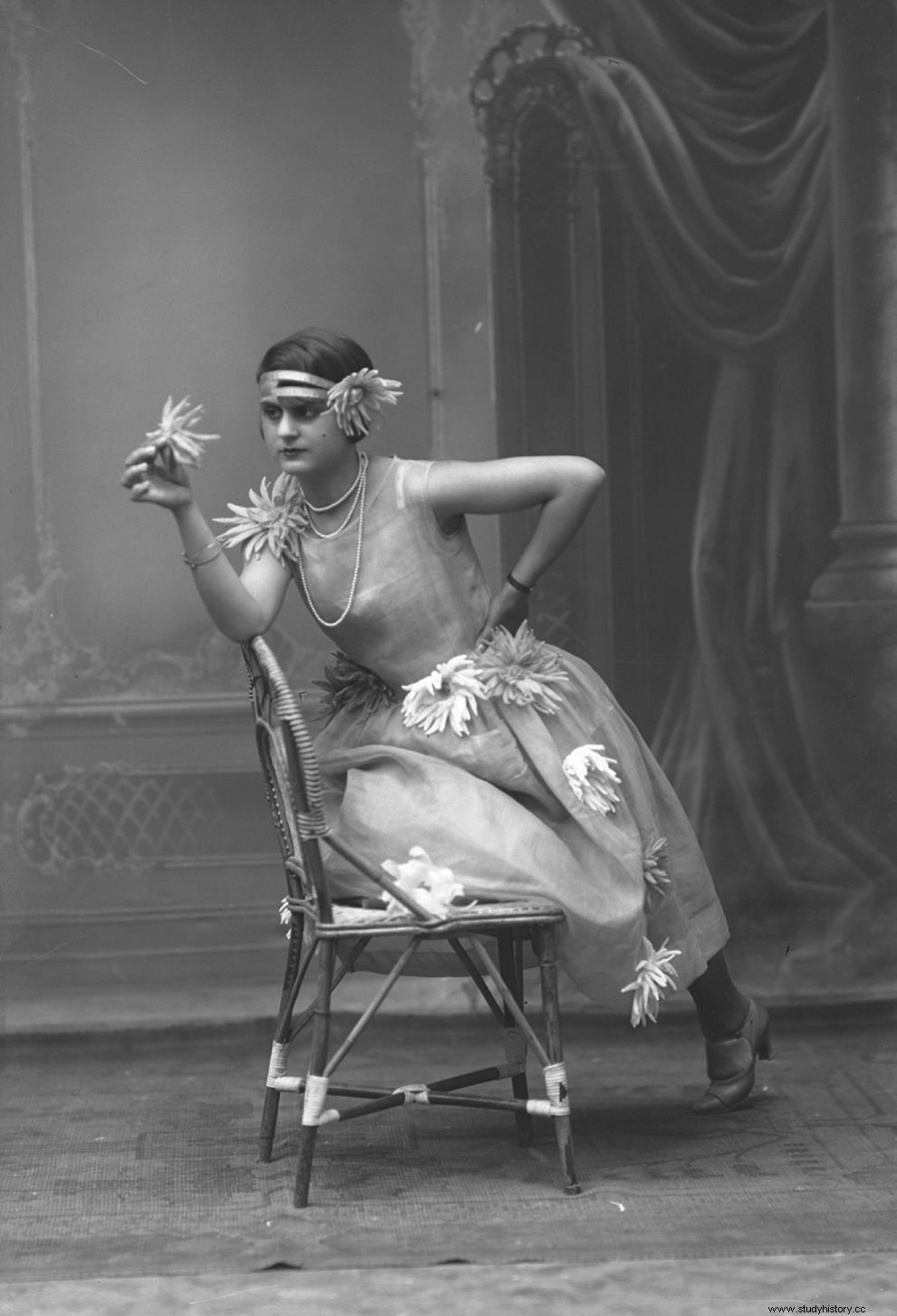
Precursor to Nelly's
Konstantinos Zimeris (1886 - 1980) graduated from the Commercial School of Volos, where he had the famous painter Yannis Poulakas as his design teacher. In 1904 and while working at the bank, he "thundered" and left for America. He settled in St. Louis, where he worked as a studio photographer while also taking design classes. In 1912 he returned to Greece to fight as a volunteer in the Balkan wars. He was one of the first pictorialist Greek photographers. In other words, he approached photography as an art close to painting. A multi-faceted artistic nature, he was involved in painting, music and literature. From 1925 he participated in photography exhibitions in Greece and abroad, winning many distinctions.
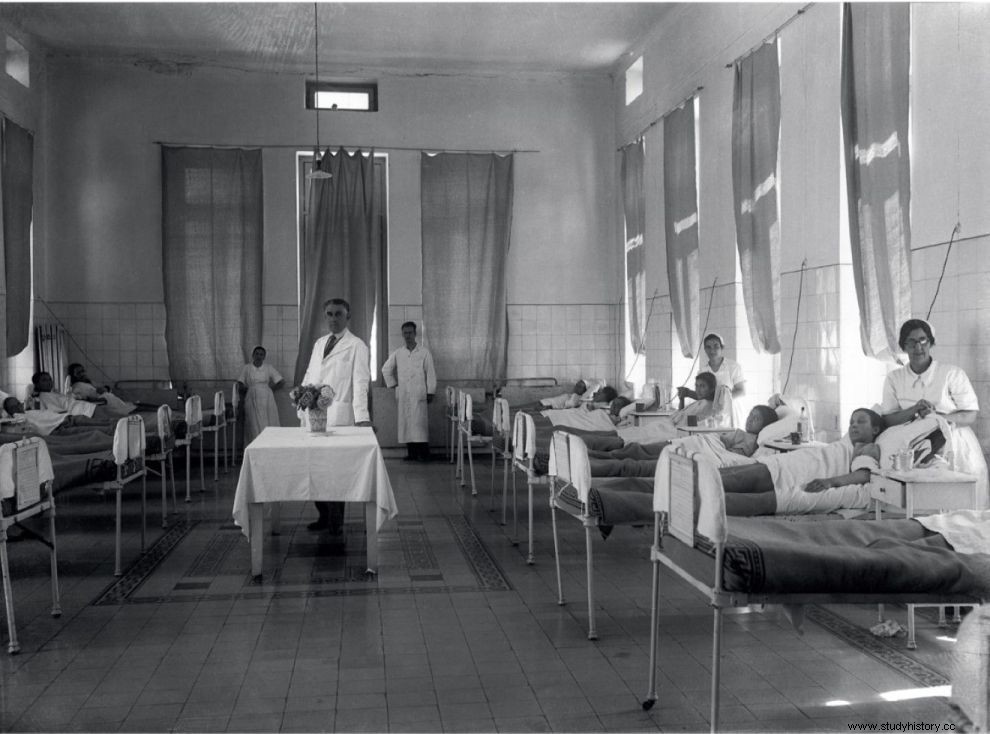
" Nelly's (Elli Souyoultzoglou-Seraidari) is considered the first important Greek photographer, but also the first to study photography in e foreign and more specifically in Dresden. With Kostas Zimmeris, however, we go back 20 years, as he also studied in America" characteristically noted the curator of the exhibition Heraklis Papaioannou and added:"the Zimmeri archive thus outlines at a local level the first half of the dramatic Greek 20th century. His work oscillates from the individual to collective, revealing an era in which a spirit of individualism is eroding the sense of community without yet taking over. It still oscillates between classical and modern photography, on a technical, aesthetic and conceptual level:sometimes firmly planted in early 20th century photography; and sometimes it soberly contemplates an era of expectations, rearrangements, conflicts, denials".
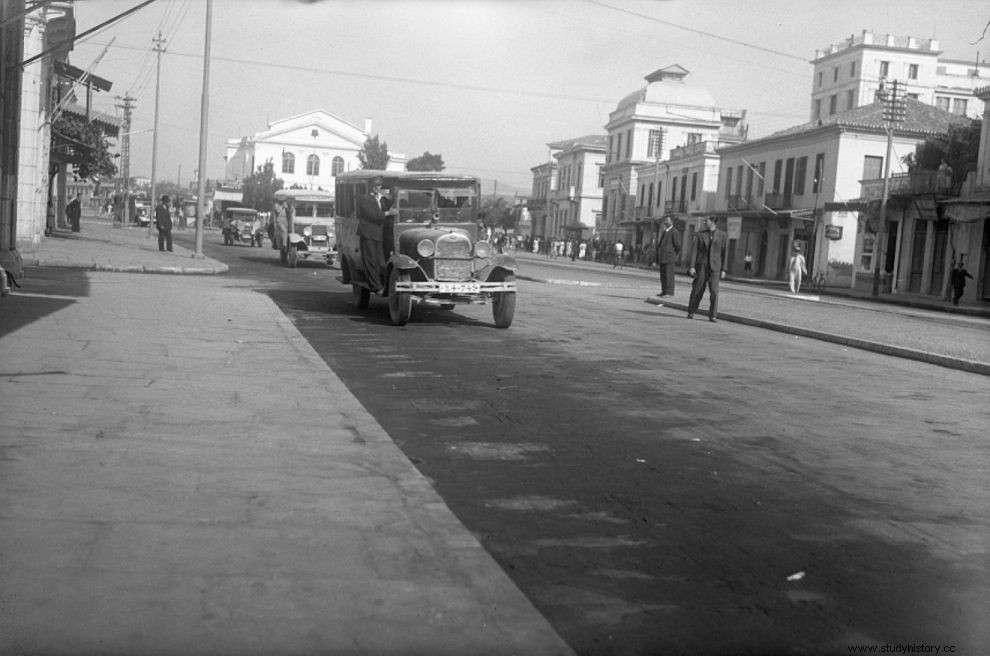
Three themes can be roughly distinguished in the exhibition:
Studio portraits with a provocative point of view
The world of Kostas Zimmeris, as reflected in his photographs in the first period of his work (1922 – 1940), is Volos, the daily life, the faces of the city, portraits of named and anonymous - sailors and gendarmes paraded from his studio, elegant ladies and gentlemen, couples and children, the refugees and their settlement, important historical moments, buildings and corners of Volos that were connected with professional life, industrial development, the operation of public space, but also the landscapes of Volos.

In this section we will also find the most provocative photo of the exhibition depicting a small child with long well-combed hair lifting his white dress (?) with his right hand and revealing his male part...
Fridges and... theater
In the second period of his work (1930 – 1938) the photographer receives orders mainly for promotional purposes, industrial facilities, industrial products, such as refrigerators or radios, workers, theatrical performances, etc., which capture the development of the city, economic and social life, people and their habits in public space. The photo of Prime Minister Eleftherios Venizelos' visit to the Papageorgiou factory on 18/5/1031 caused a special sensation here.
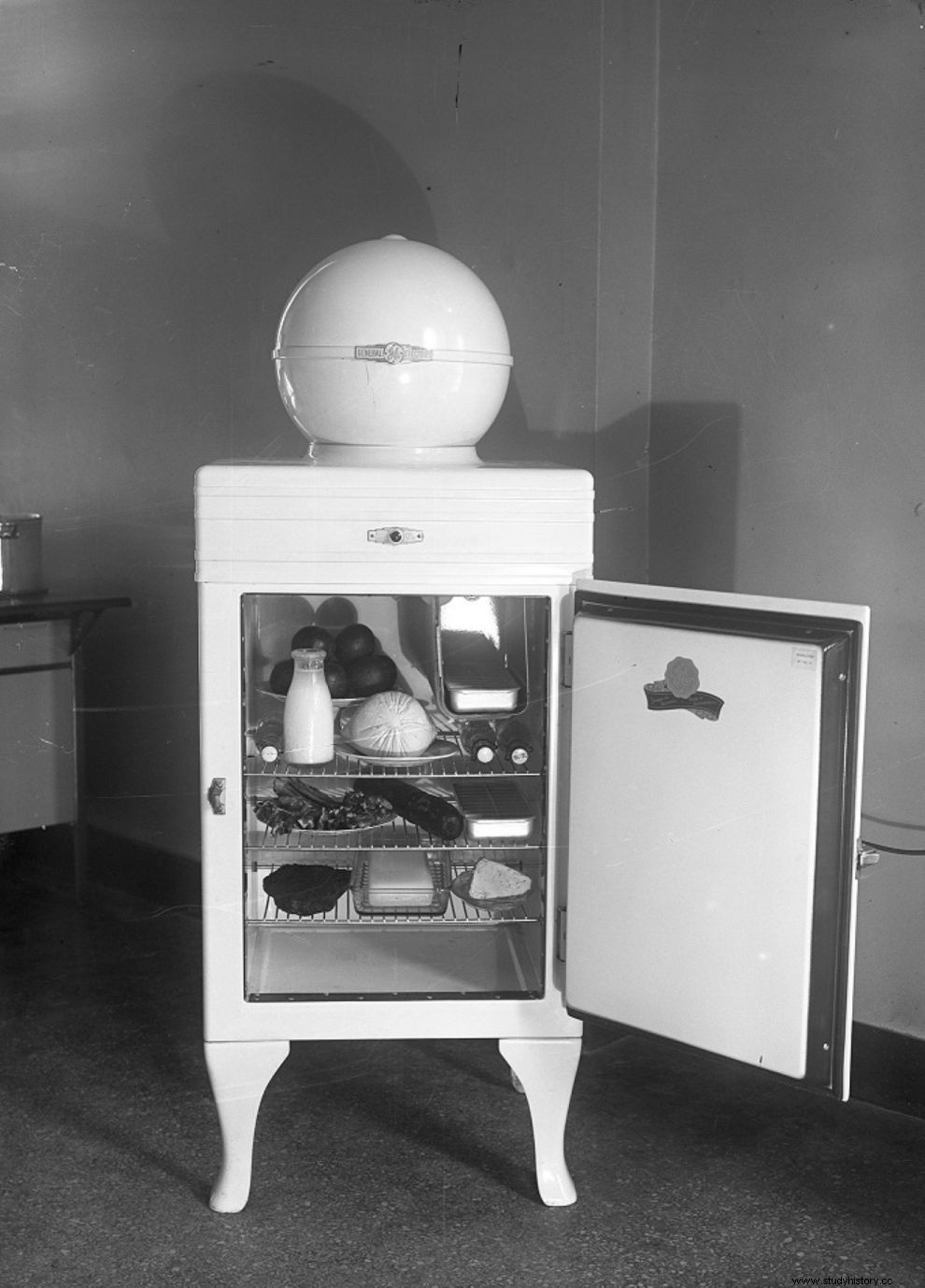
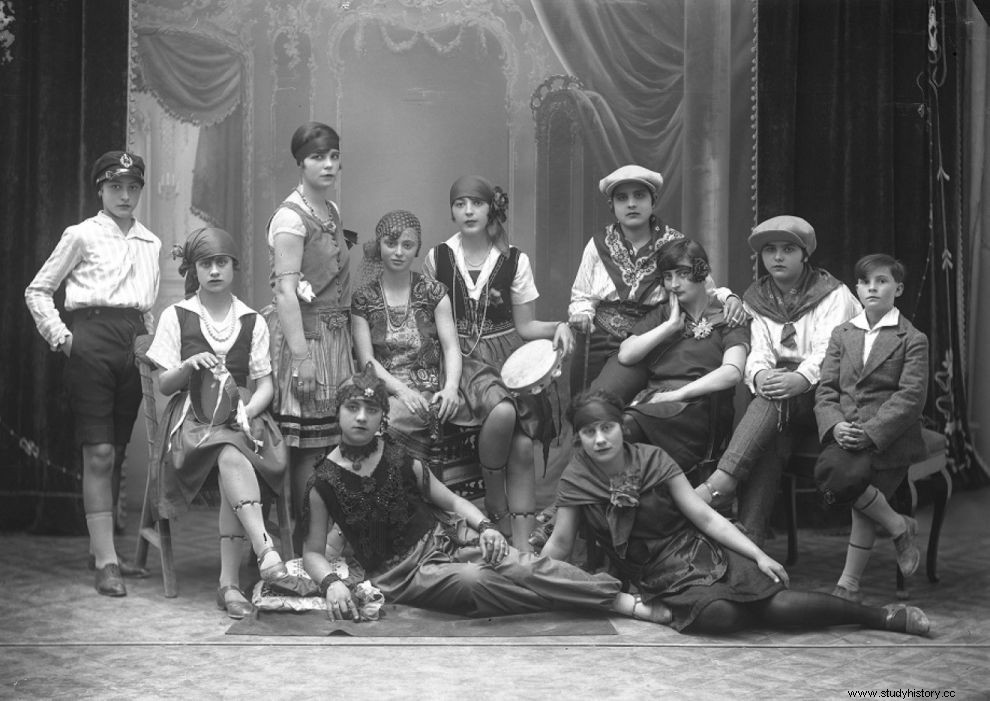
Fascist salutes and gymnastic displays
In the third period (1940 – 1970) a large part of Zimmeris' work is occupied by the recording of events during the Second World War period, such as bombings, but also images from the days of Liberation and the demonstrations for December. After the end of the war, Zimeris captures with his lens children's camps in Pelion, carnival events, parades, images from the PIKPA.
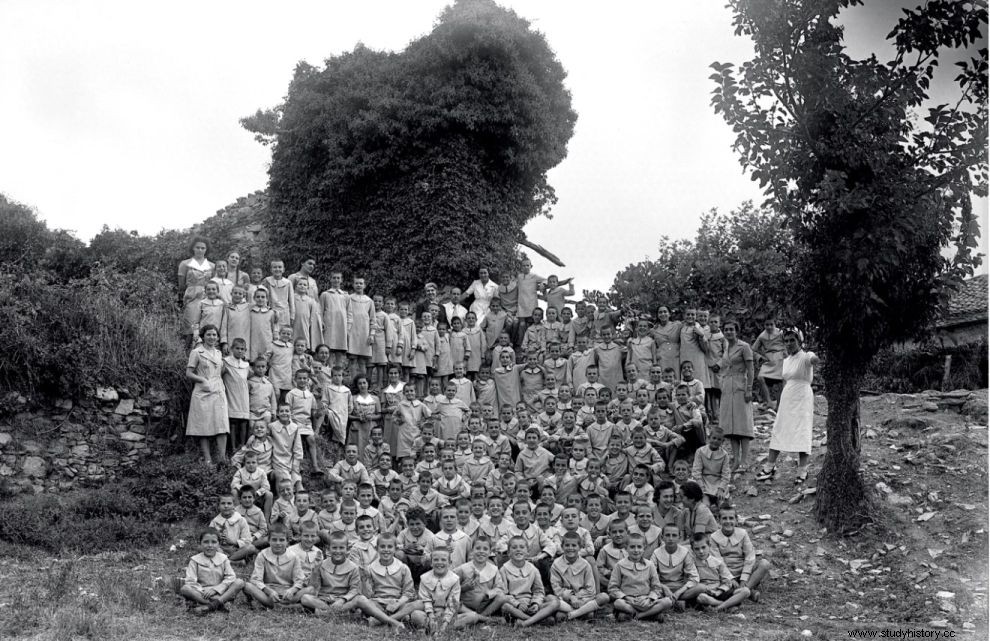
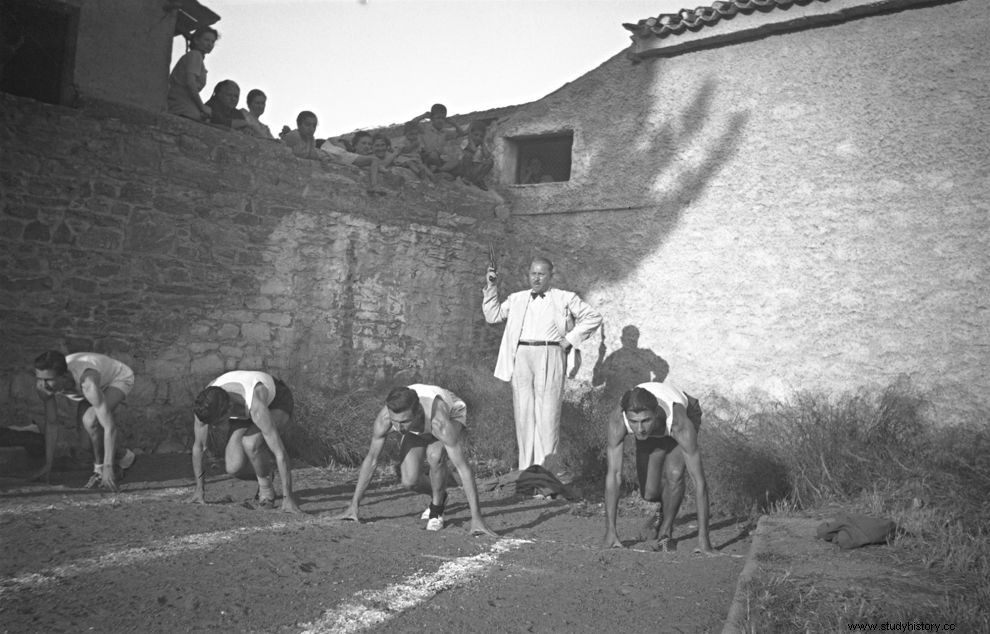
It records extensively the action of the National Youth Organization (EON) of Metaxas in Volos, the related celebrations, sports events and gymnastics demonstrations, as well as fascist greetings of citizens. The highlight is the fascist salute of a little boy in the children's camps at PIKPA in the summer of 1940, but also the photograph depicting the murder of Sofika and Loukia Topalis and their domestic helper Filitsa Kalavrou by the Germans and their collaborators in Lechonia Pelion in 1994.
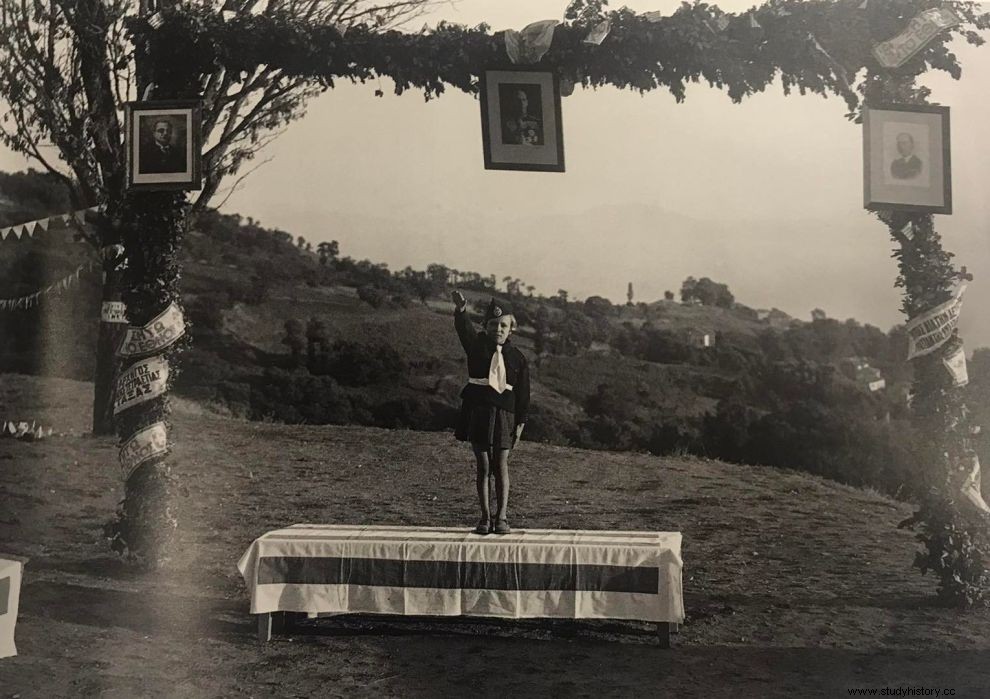
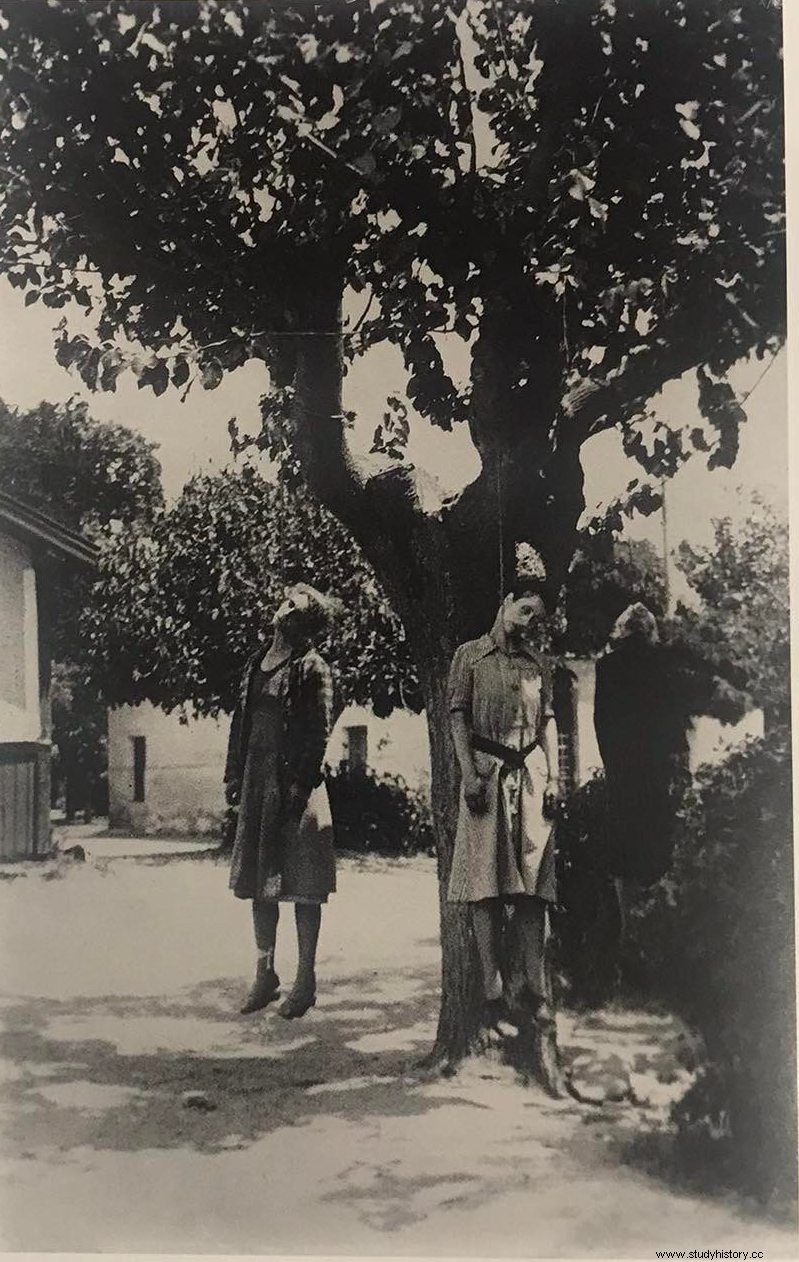
"Kostas Zimeris" as Heraklis Papaioannou rightly points out in his note “oscillates from the individual to the collective, revealing an era in which a spirit of individualism is eroding the concept of community without yet dominating. He still oscillates between classical and modern photography, on a technical, aesthetic and conceptual level:sometimes he steps firmly in the photography of the beginning of the 20th century and at other times he looks soberly at an era of expectations, rearrangements, conflicts, refutations, without blinking his eyes between the pose of Sofia Topalis and the tragic (mentioned above) hanging of herself and members of her family".
Info:The Department of Archives, Museums and Libraries of the Municipality of Volos has in its collections 5,037 photo negatives on glass plates from the workshops of Kostas Zimmeris, as well as cameras, enlarged photos, photographic studio and display equipment, various tools, books and consumables professional photographer. Among them films, packed by the photographer himself with all the precautions known at the time for their preservation, as well as a large order book.
In parallel with the exhibition, an album is being released - a catalog of exceptional aesthetics with photos and texts about the work of the photographer and the importance of his archive edited by Heraklis Papaioannou.
In addition, the public is offered another way of approaching the work of Kostas Zimmeris, with the function of an interactive platform, where digitized photos from his archive will be presented. Visitors to the website of the Museum of the City of Volos (www.vmoc.gr) will be able to submit their oral testimony on the occasion of an event or a point that will bring back memories and events, enriching the bank of oral testimonies available to the Museum, in collaboration with the Oral History Laboratory of the University of Thessaly. The above actions provide for the first time a holistic look at the work of Kostas Zimmeris, so important for the history of Volos, but also the art of photography in Greece in general.
